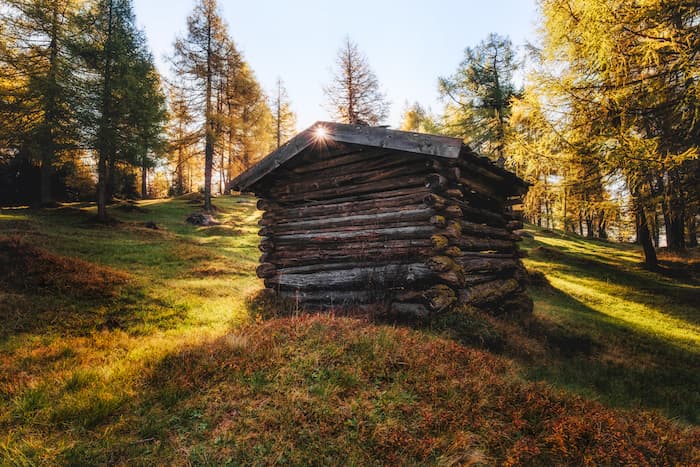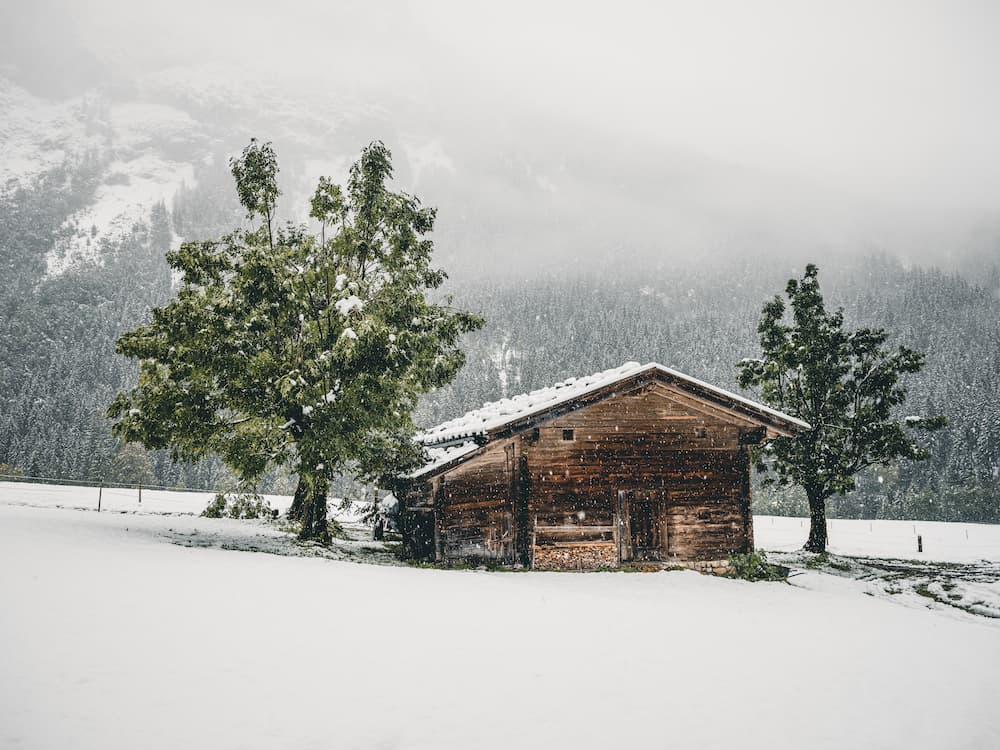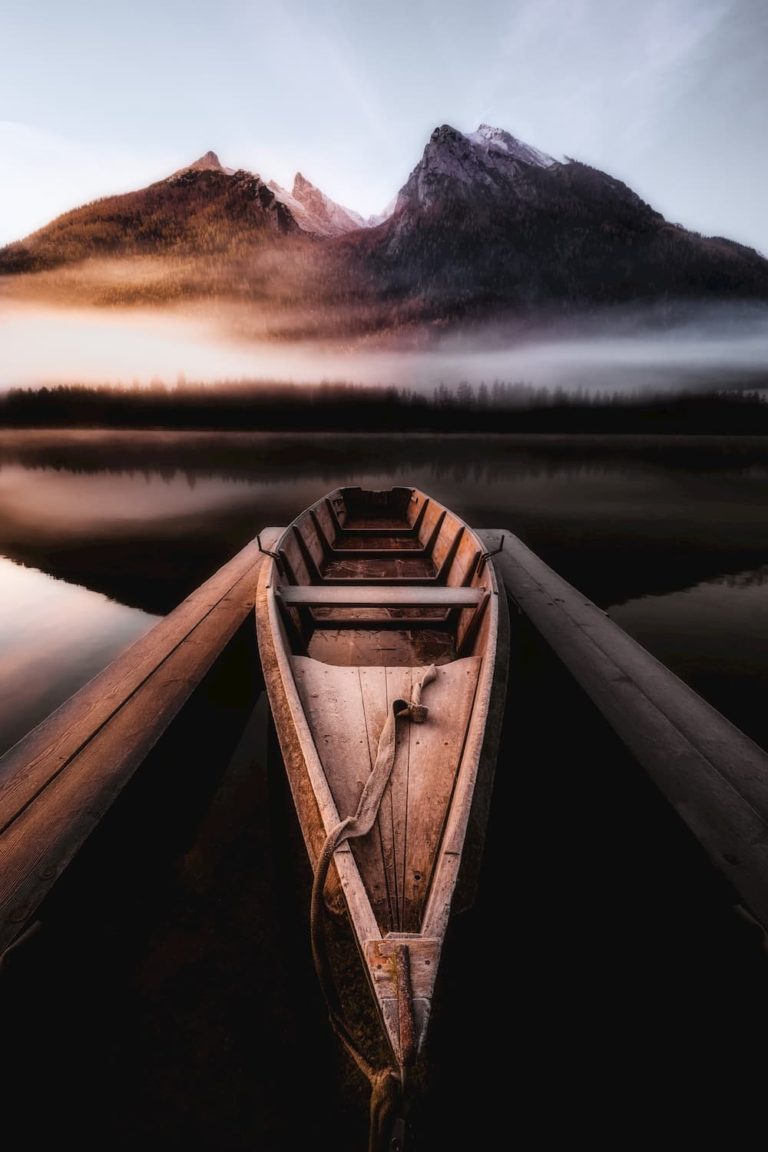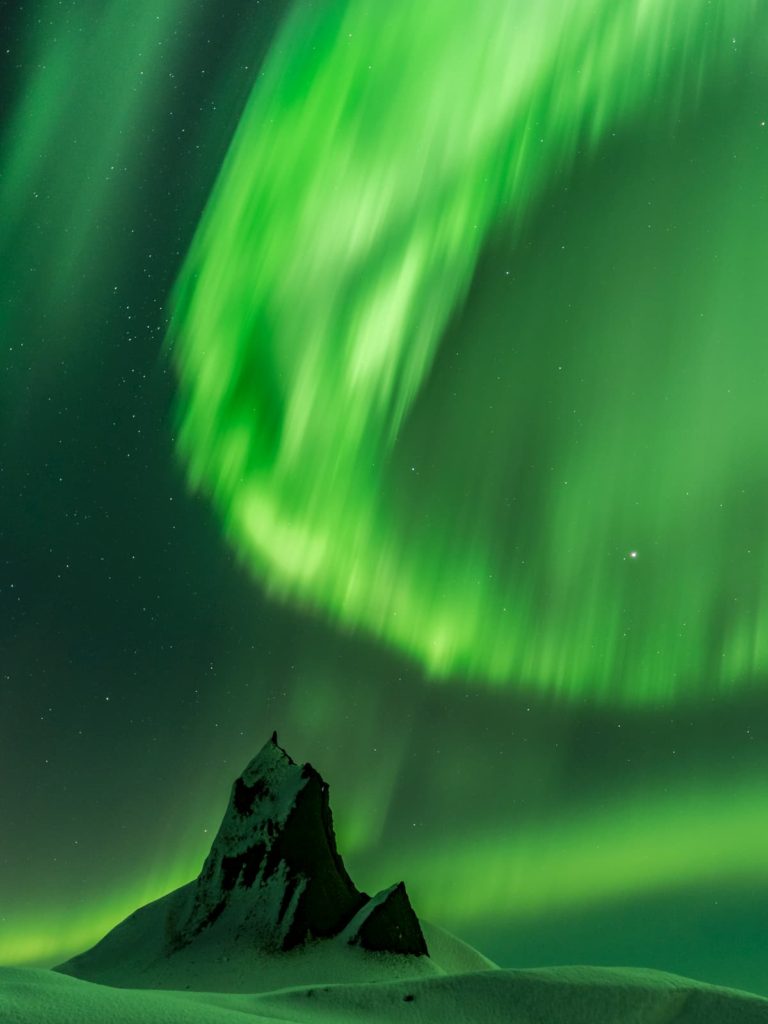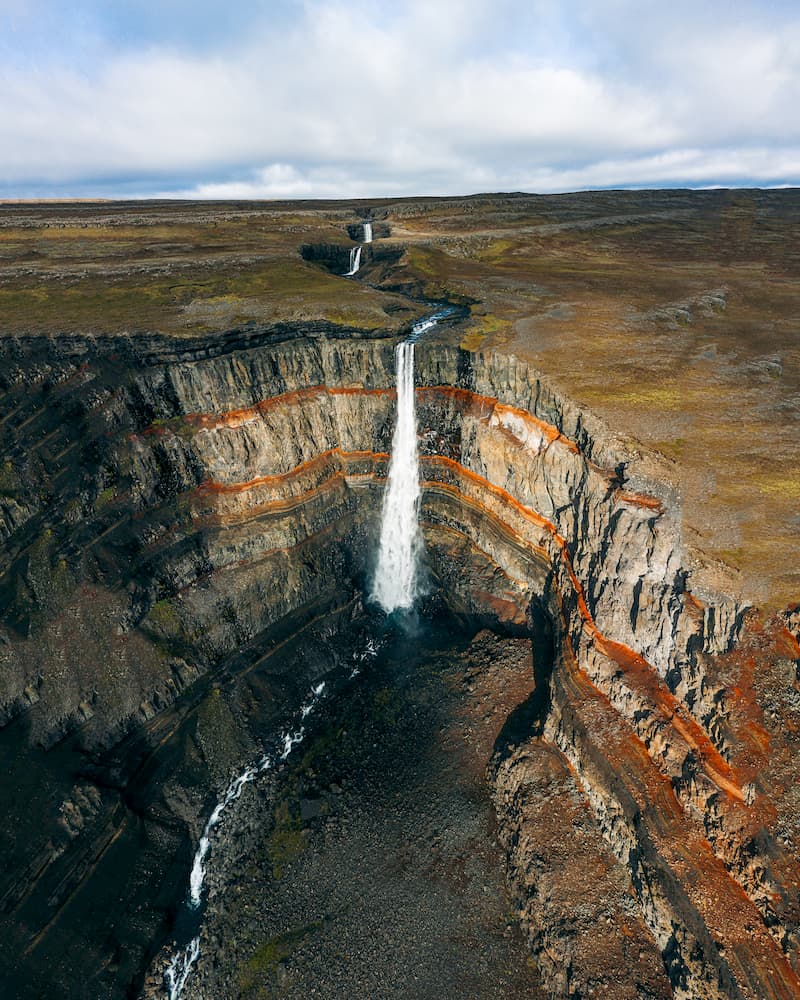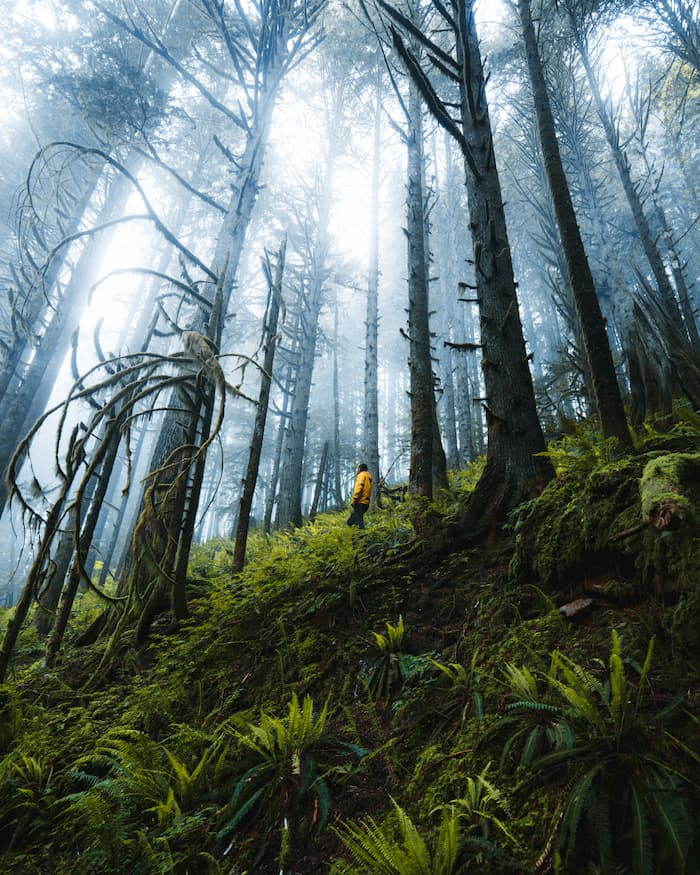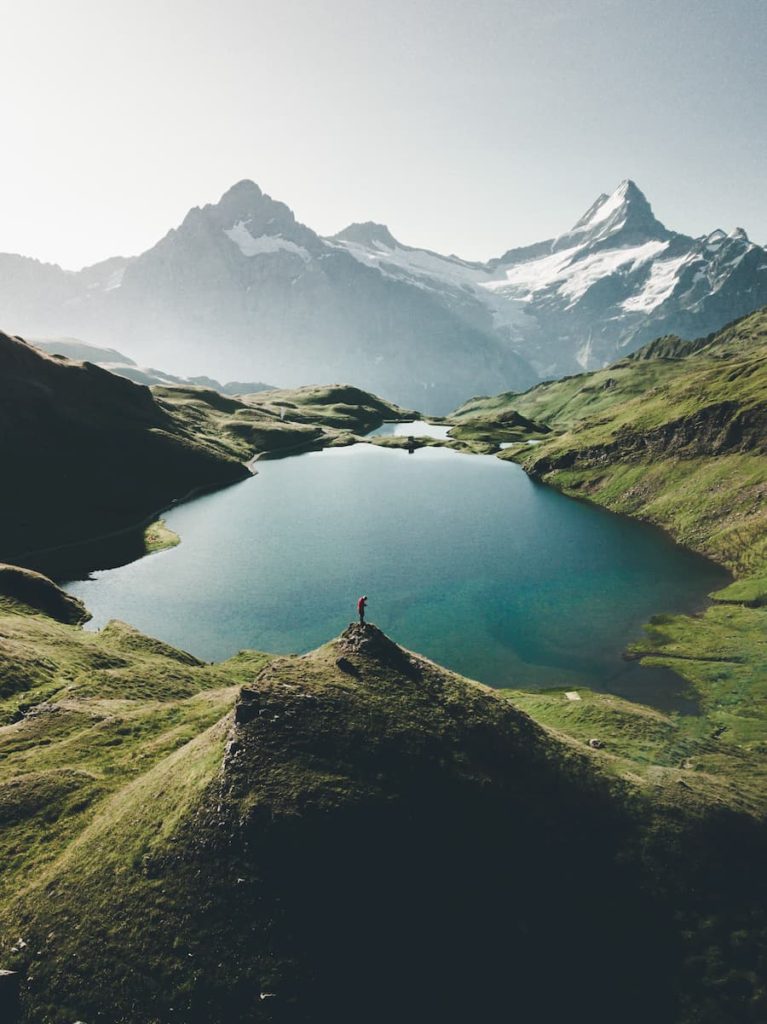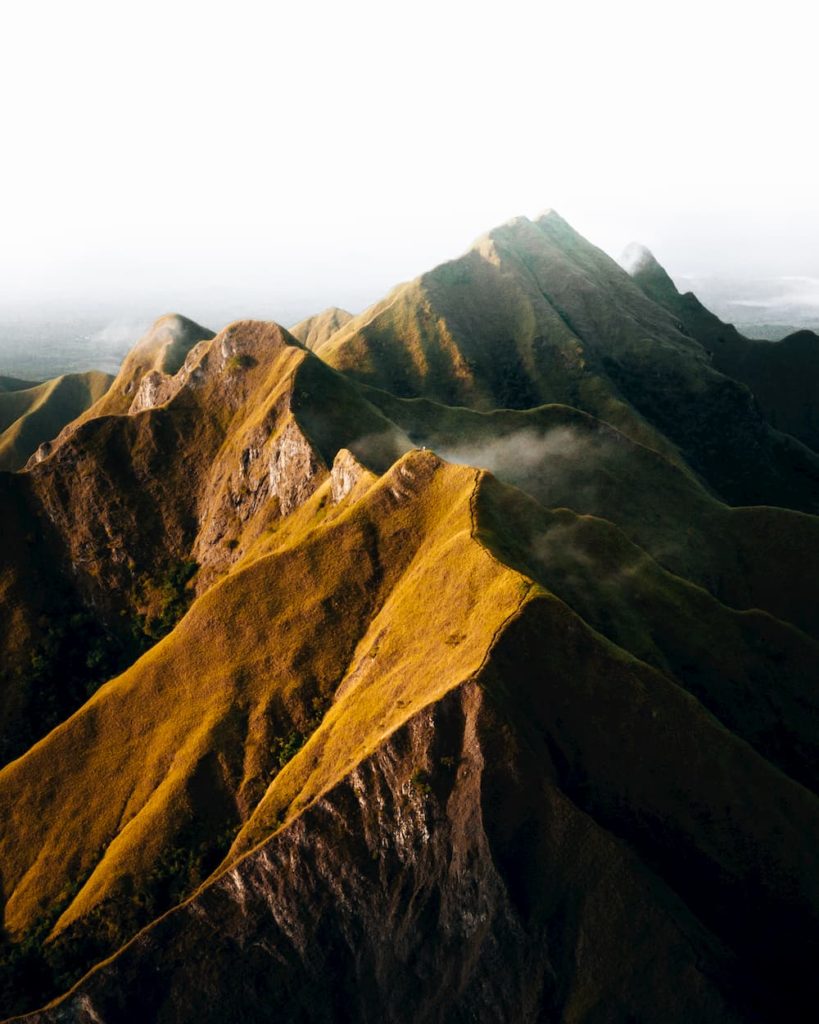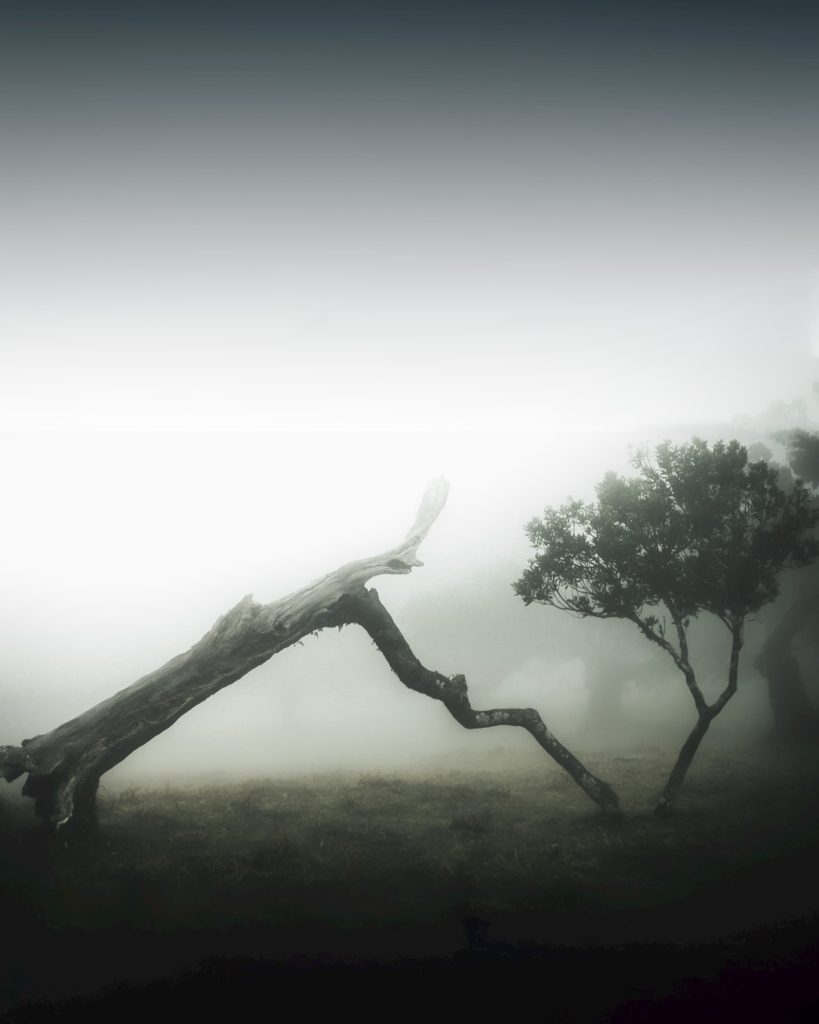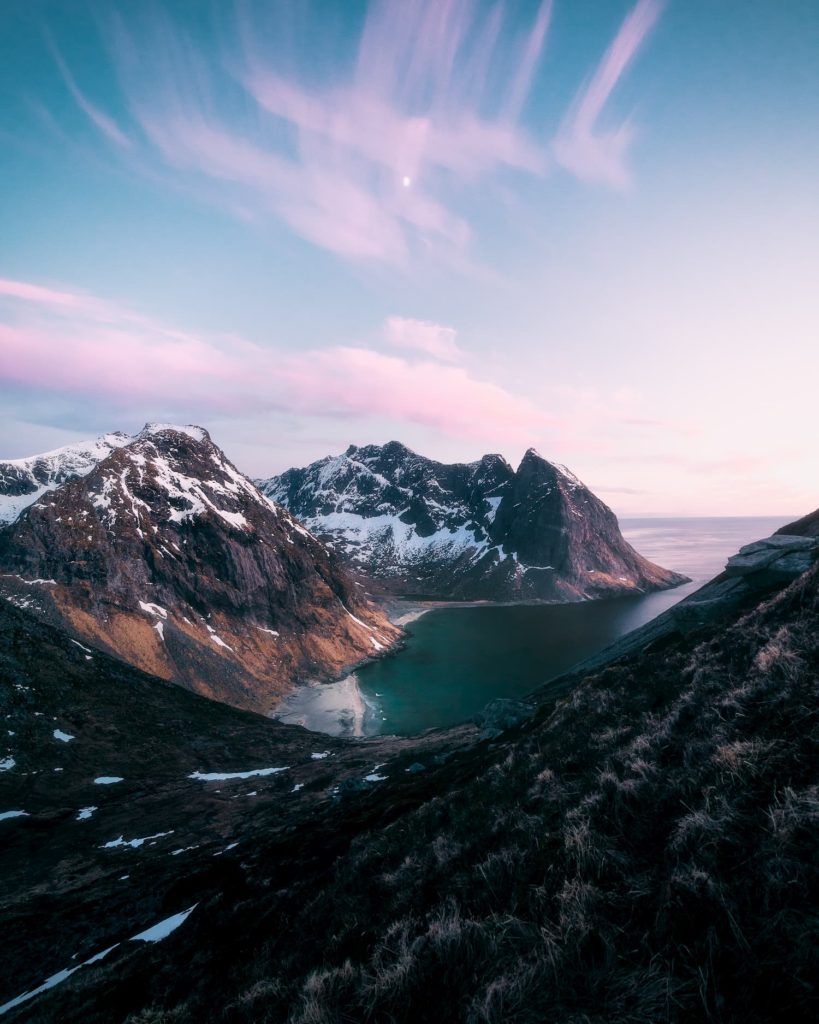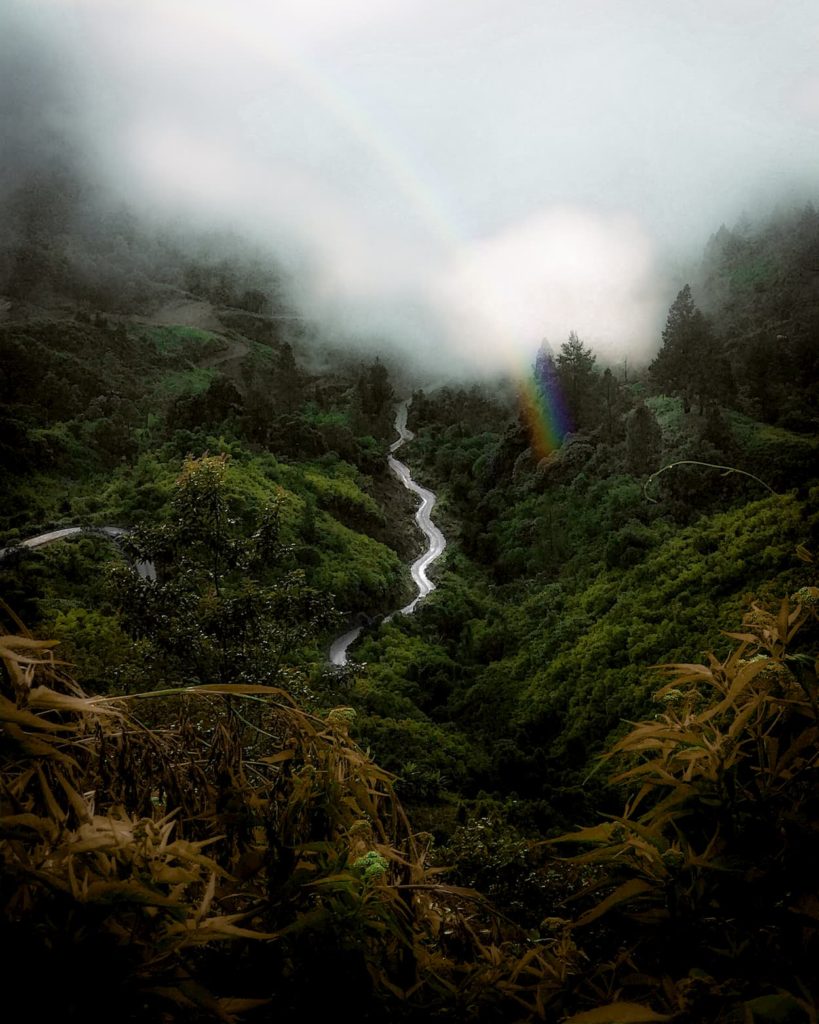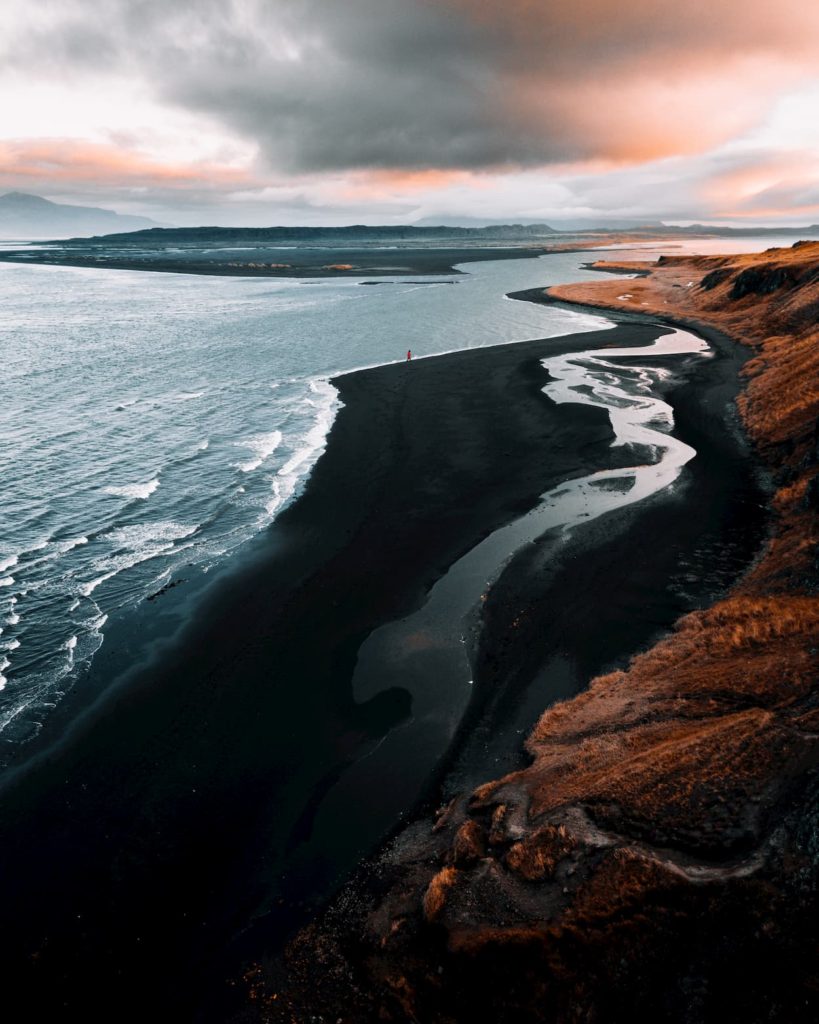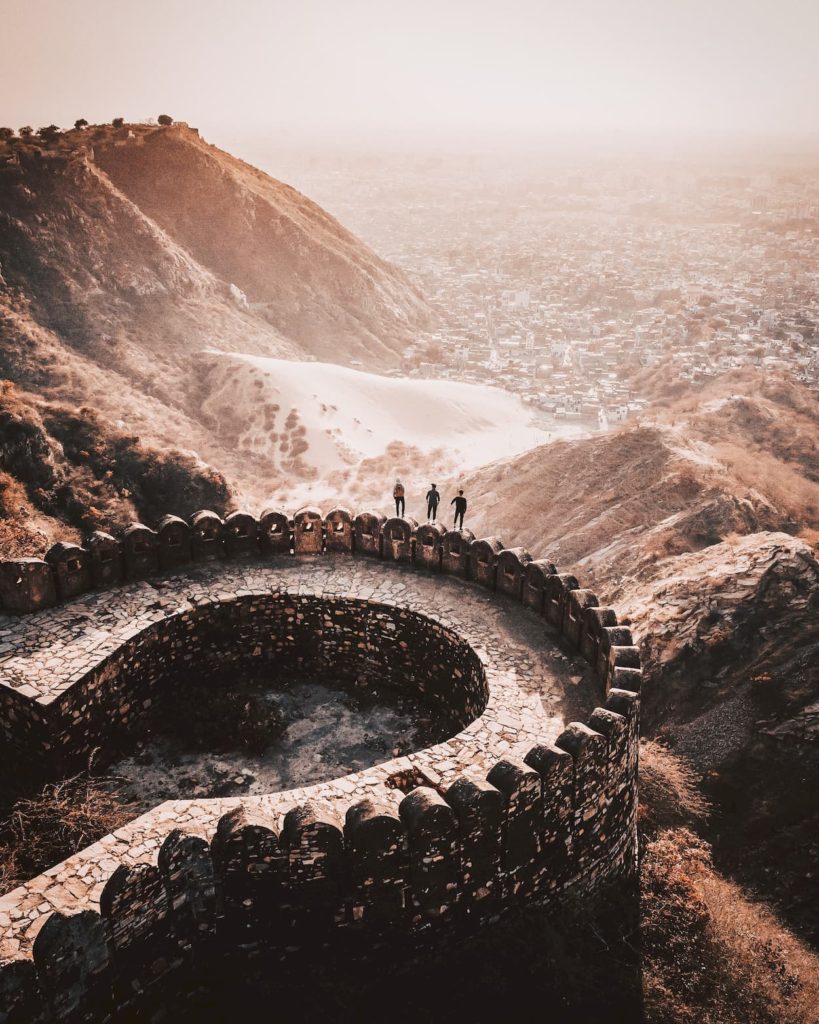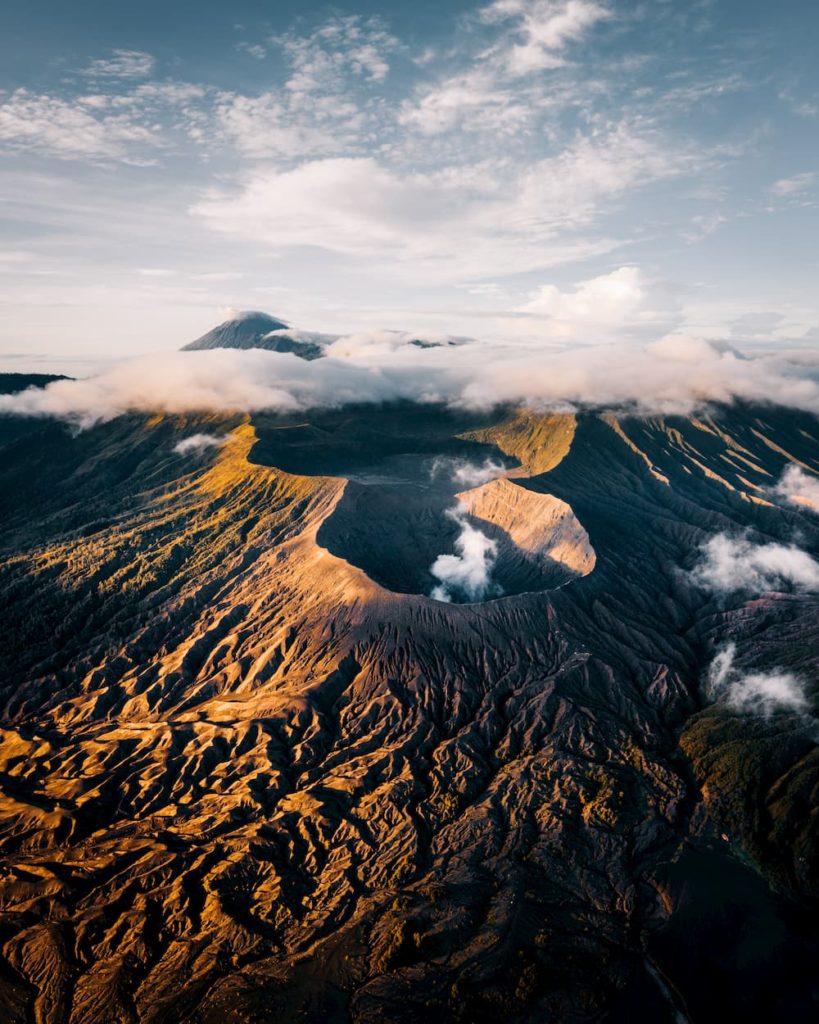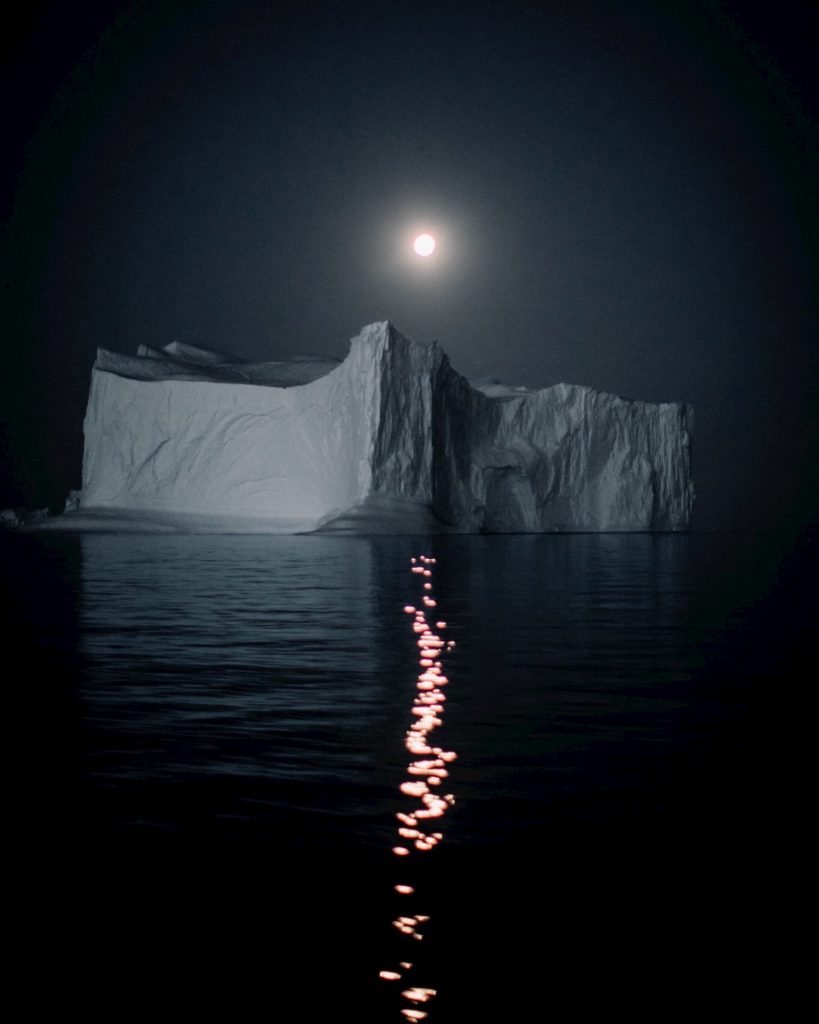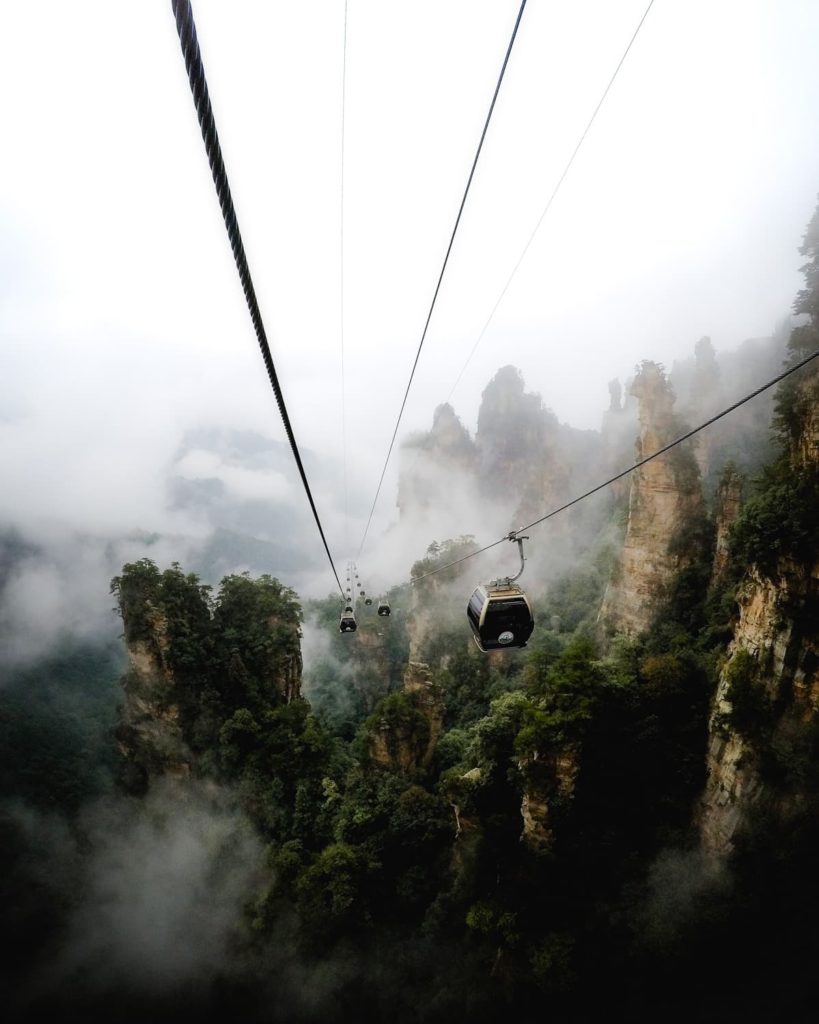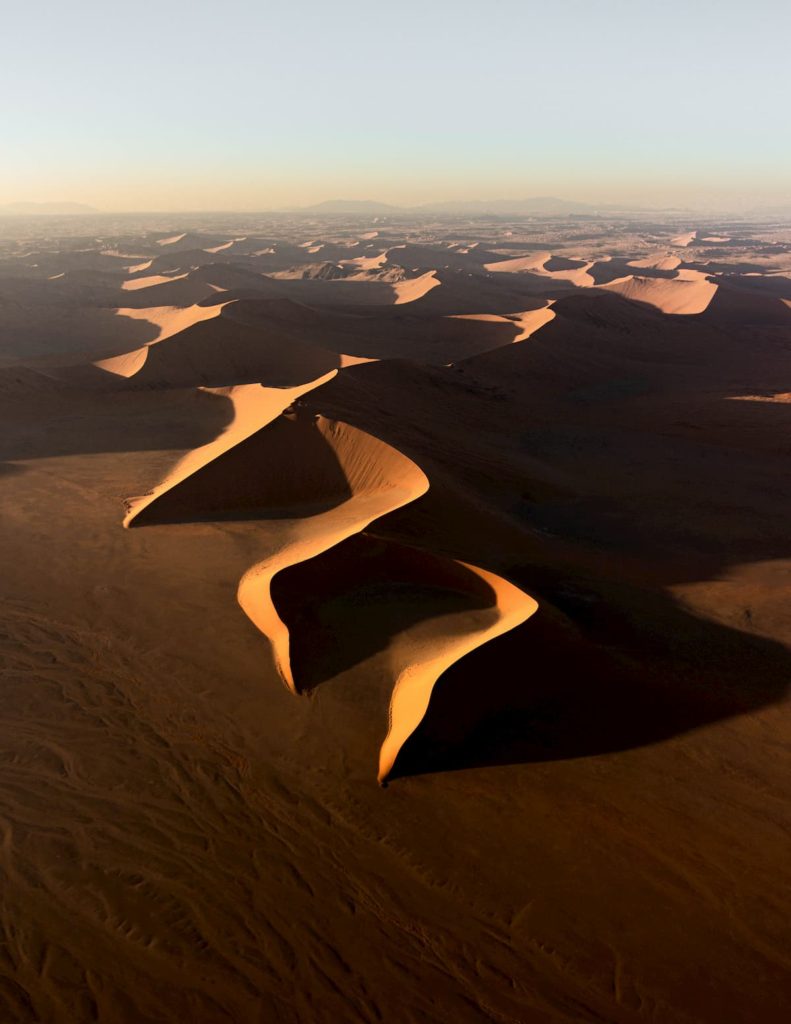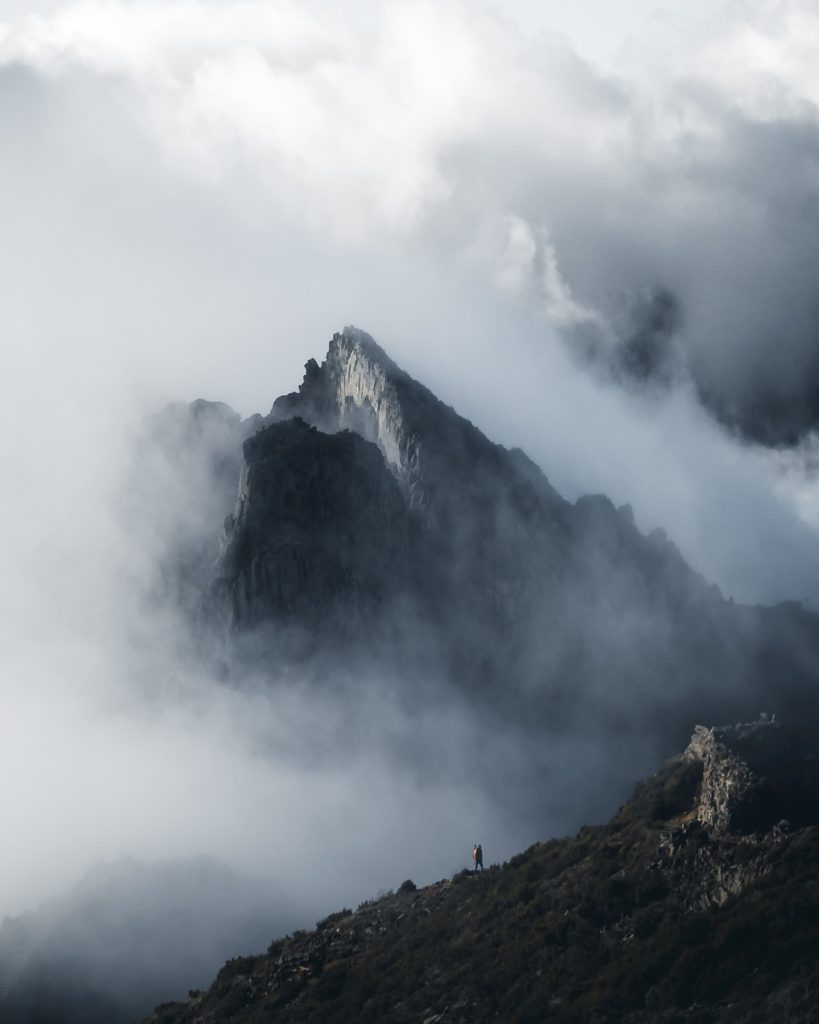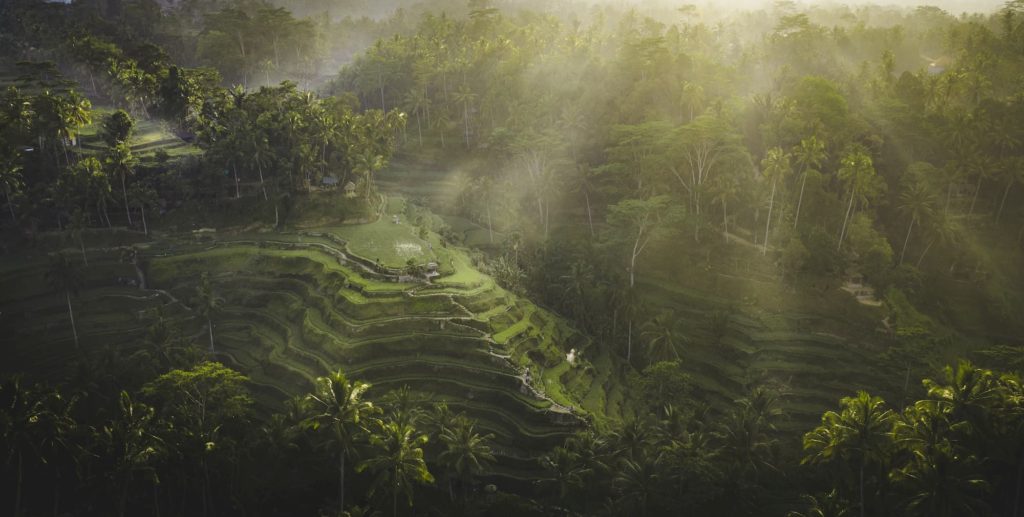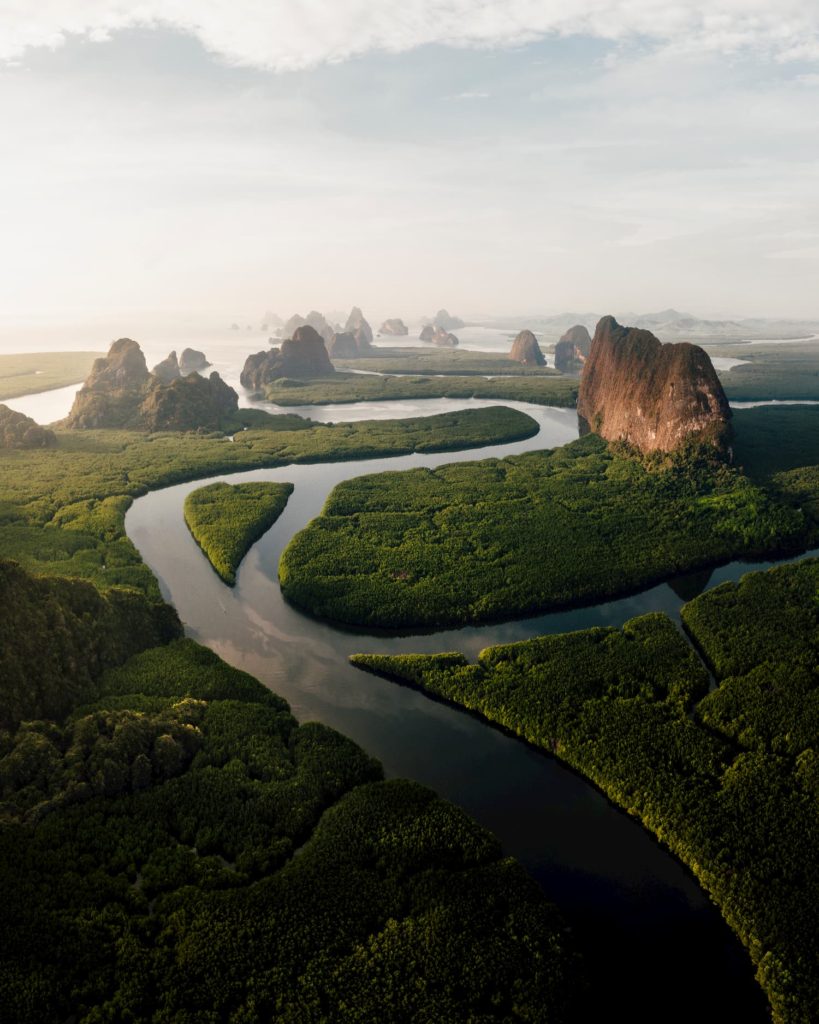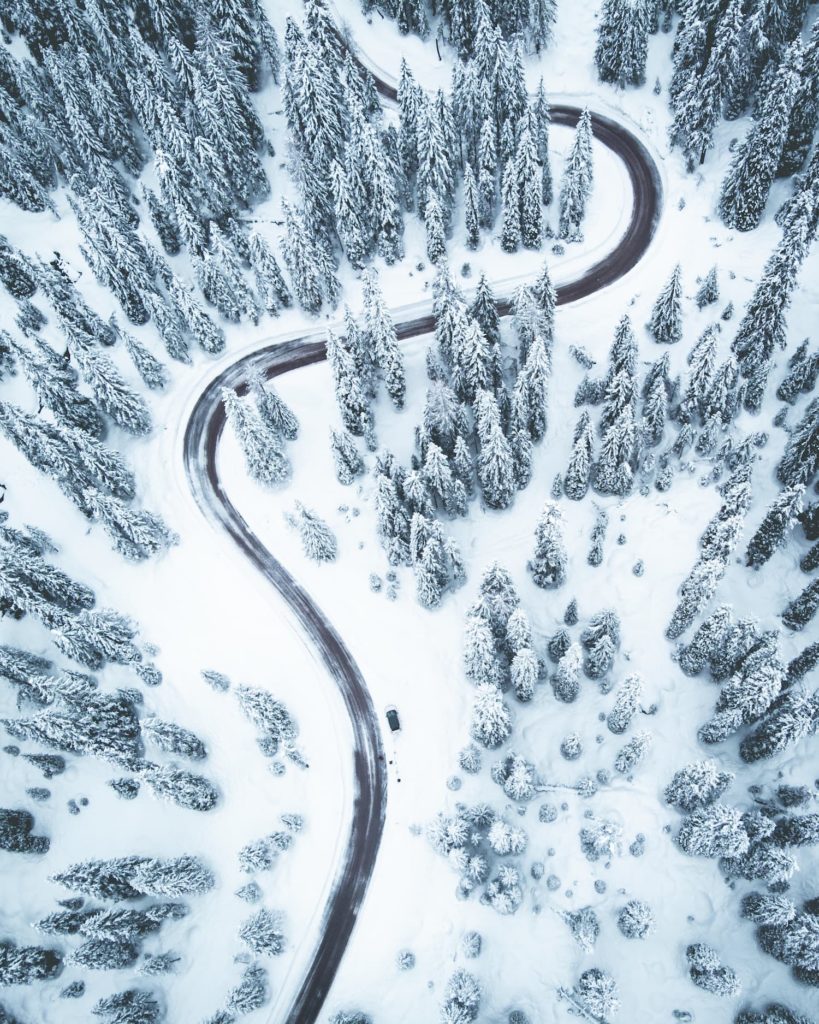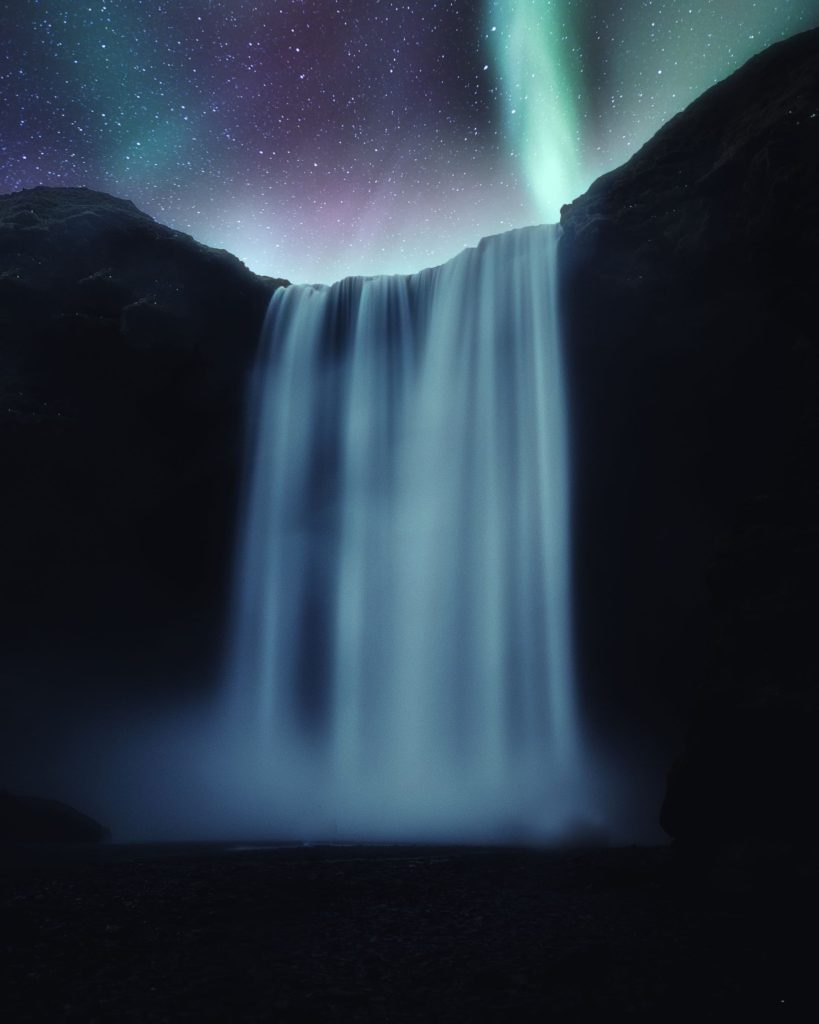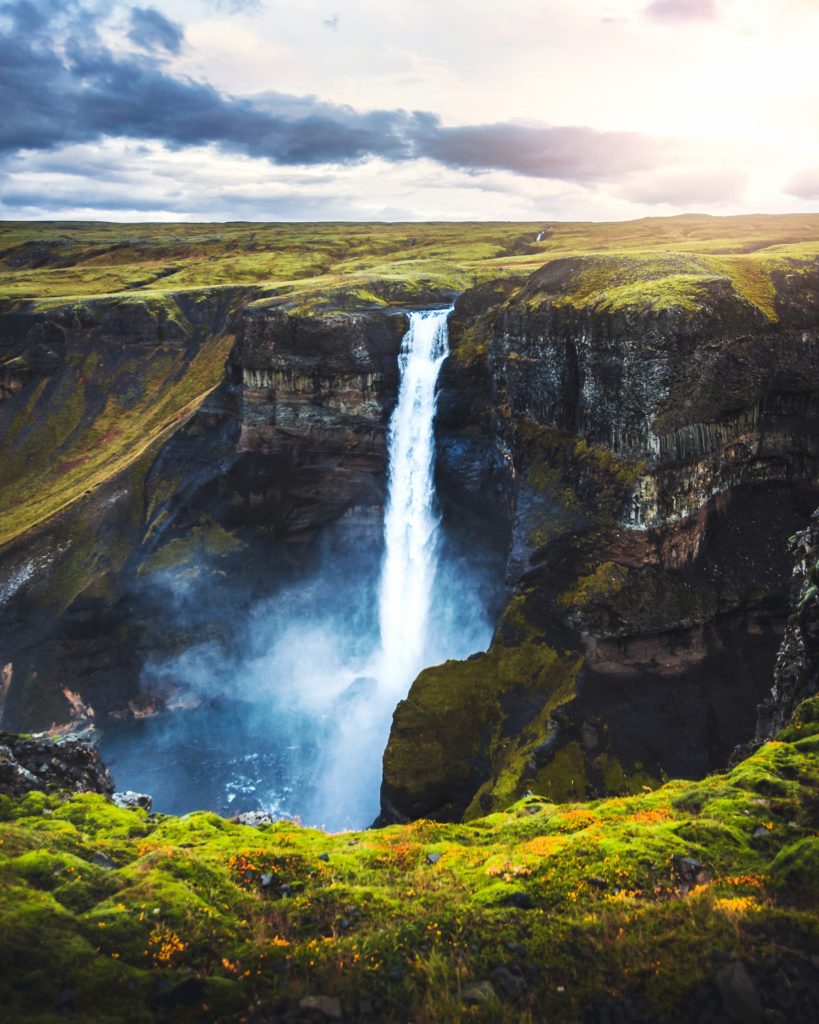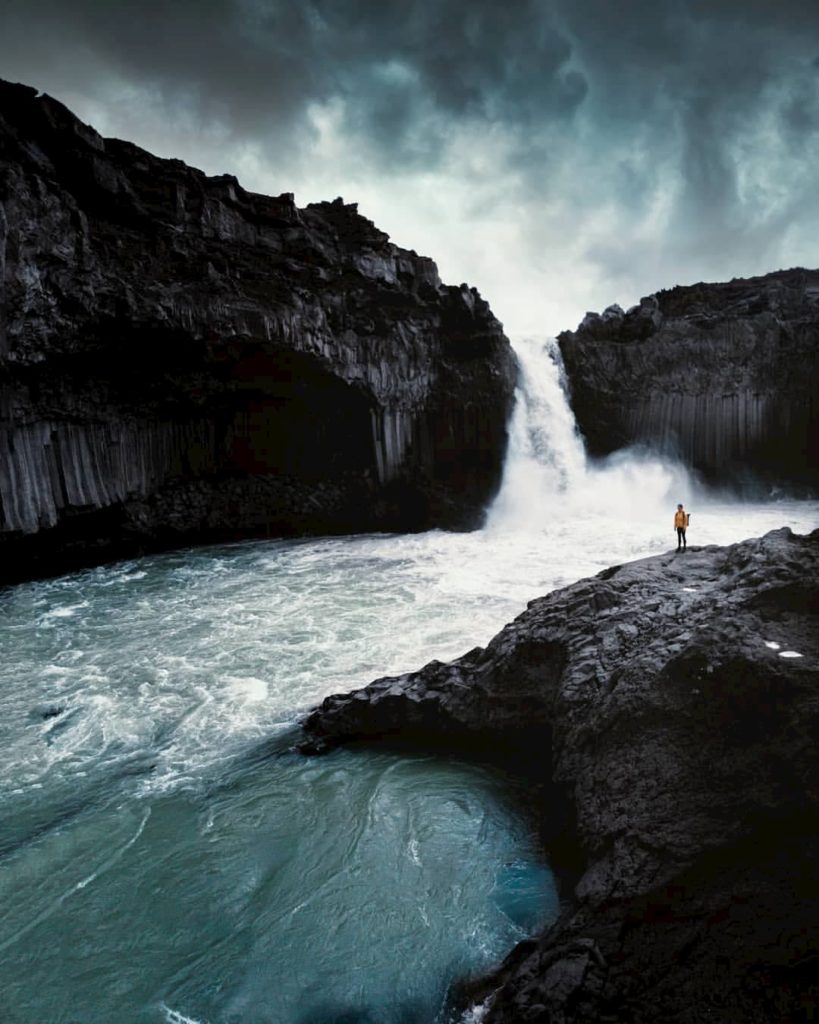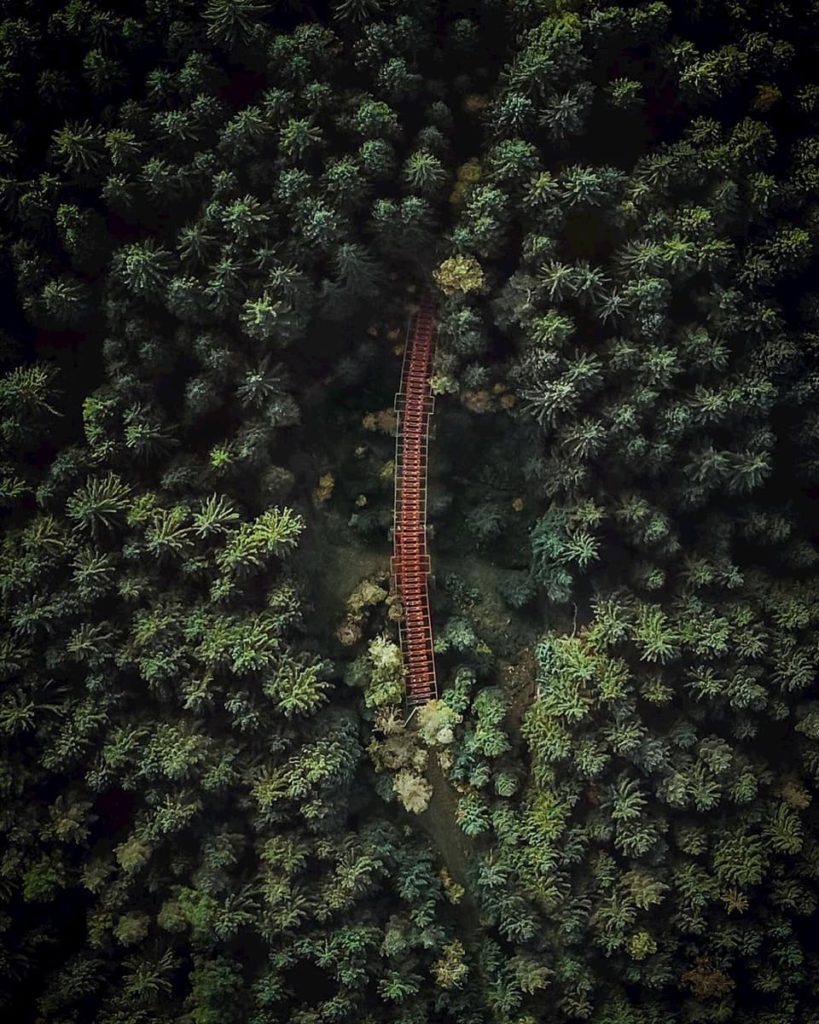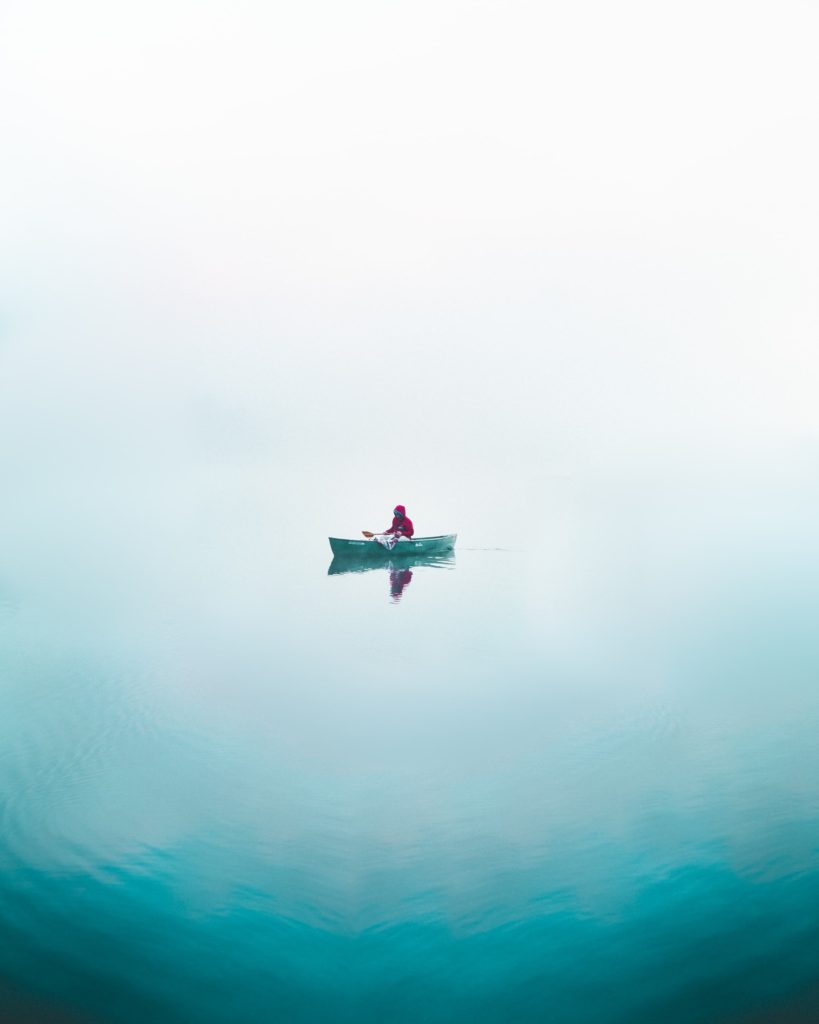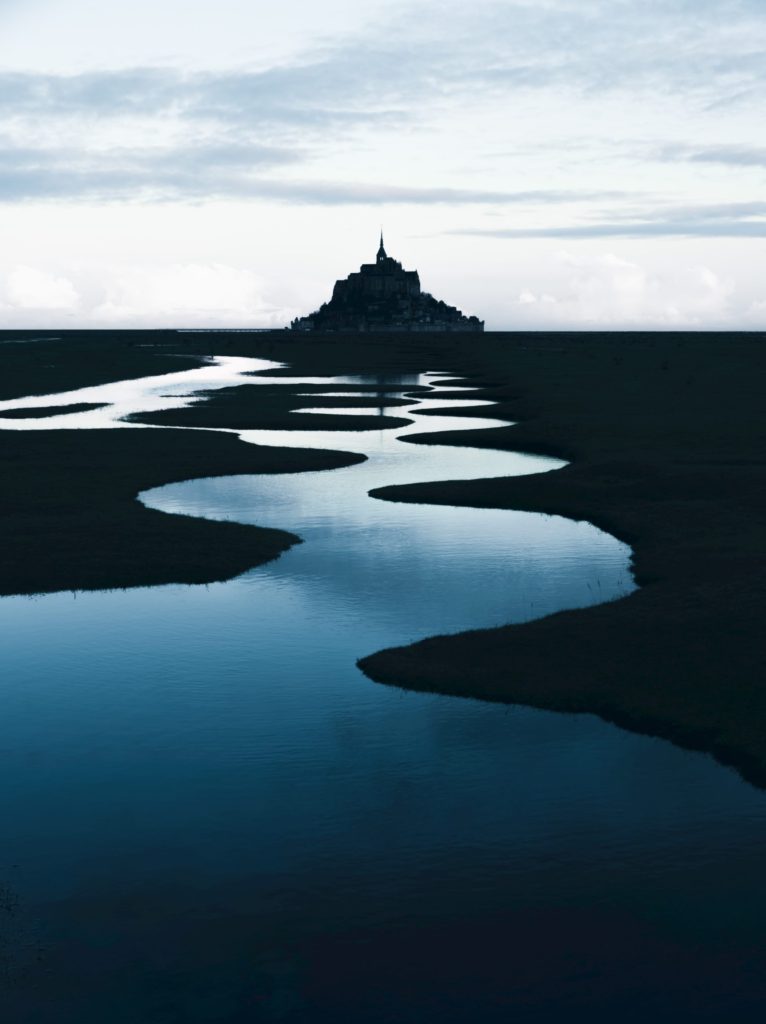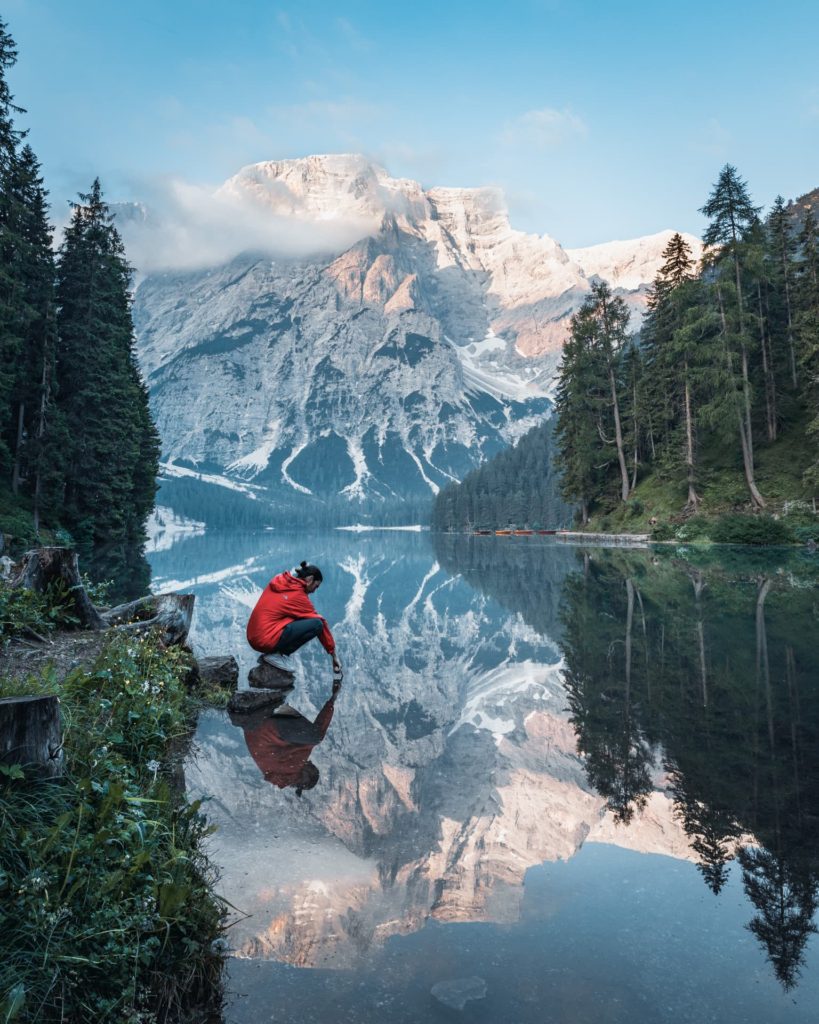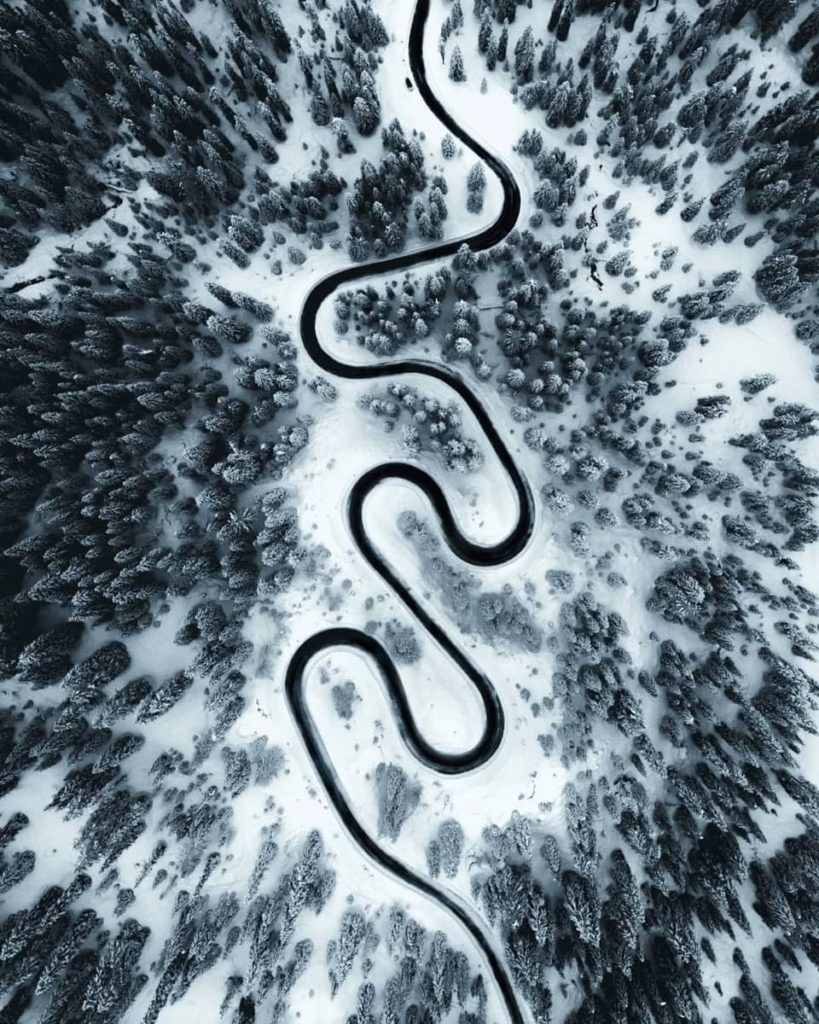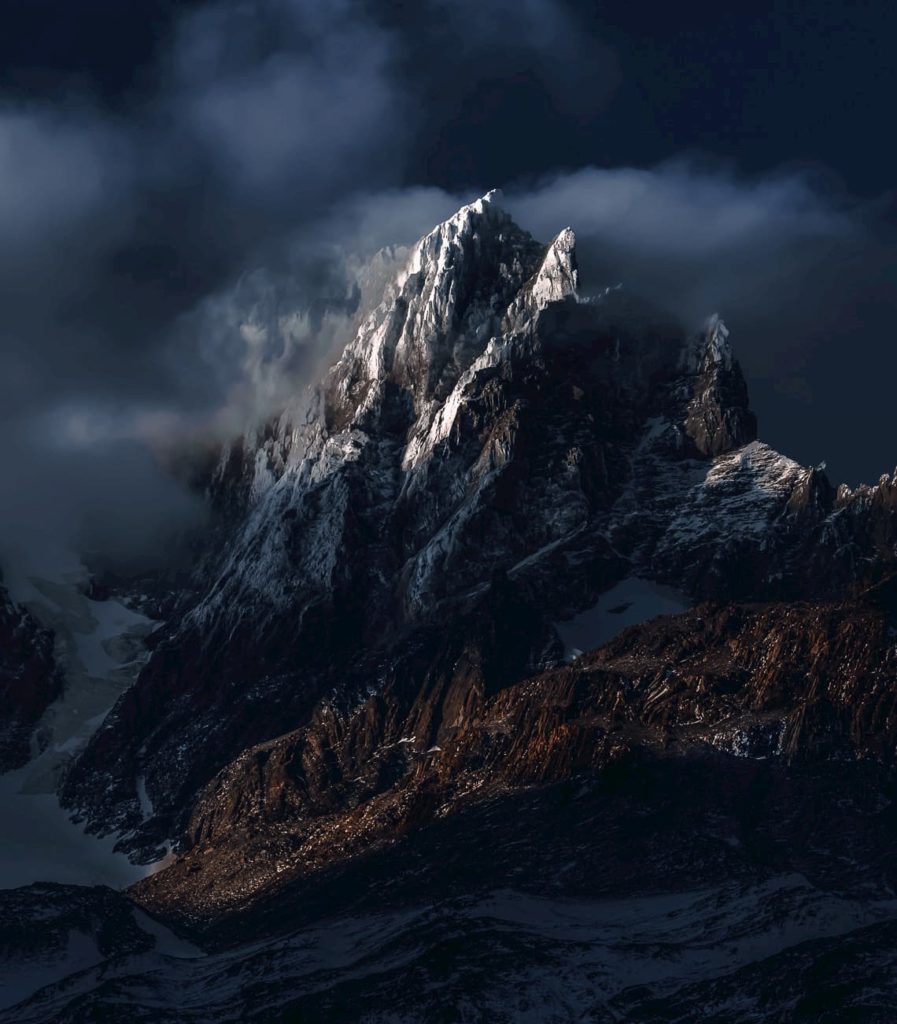
Torsten Muehlbacher
@clickpix_eu
Best of the week 39 at #nomadict 2020
The camera has been a loyal companion since a very young age, joining me on various school trips and events. Back then it was still on film, as digital did not yet exist. Over time, my photography developed until I bought my first digital camera in 2003. Since then, the camera has as well been a loyal companion on my travels, hikes, but also at weddings and various assignments.
The change from analog to digital had a significant impact on my photography – now I could immediately see whether a picture I just took was decent or not. I didn’t have to wait until the film was developed to see if the photo was too dark, too light or out of focus. Digital photography made it much easier to work with the camera, try out, experiment. If it weren’t to meet your desires, you could just delete it and try again without worrying about limited space. It is comfortable, but at the same time influences how much time, thoughts and love we put into one shot, I believe.
"Analog photography allows me to slow down, be with my mind truly at the spot and with my camera, analyzing the opportunities."
How I feel while shooting also really depends on the genre I shoot. It is not the same shooting landscapes or shooting for brands or weddings for example. I am much more focused when I photograph weddings. Here the pictures have to please the client, keep their desires in mind and sometimes I have very little leeway. Very little time too. When it comes to landscape photography, I am free, I can do what I like and I wait for a certain lighting mood, carefully looking for the best spot. This is often not possible for weddings / business, as the location is often predetermined, there are requirements and there’s a short timeframe in which everything has to happen. Nevertheless, both genres can be combined very well. Skills from landscape photography also help me with composing the wedding pictures. The shootings often take place in nature, so I can perfectly apply my knowledge regarding light, framing, etc.
"Photography is a calling for me. It is relaxation and work at the same time in every sense."
I do photography part time, so when I am working I am enjoying it and when I am not working – not for shootings and neither in my other job – I still go out to shoot to just be in nature and capture the beauty. That’s how I took the winning shot, just venturing out in nature in my free time in search of joy and beauty. The day I took the picture, it was foggy and autumn was coming. We went to the Koenigssee, which was however under thick fog. As we didn’t see anything we drove a few kilometers back to the Hintersee. There is a famous photo spot there with a rock in the water, a small tree on it and a very photogenic background. Once there, we found at least 15 photographers… A little too many, if you ask me! So I walked a little along the lake until I got to this boat. I took a closer look and thought that a wide-angle shot would be perfect here. So I took my Fuji X-T2 with the XF 10-24 lens and positioned myself in front of the boat, having a little mountain backdrop in the background. The fog and the falling sun fitted the scene perfectly – Click! So was the picture on the memory card.
WINNING PHOTOGRAPH
BEST OF THE WEEK 39
When I began to edit the shot I approached it as usual – my pictures should be as natural as possible. For editing I almost exclusively use Lightroom, every and then a little Photoshop. With Lightroom I think you can edit almost anything, of course the source material has to be right. In my opinion, even with basic image processing you can no longer conjure up a great photo from a bad image. It is vital to first learn how to shoot so you get used to applying the editing tools to high quality images and learn that not all tools are necessary to create something naturally beautiful.
With my work I participated in several photo competitions and contests a few years ago, including the Sony World Photography Award. With this one I was in a category among the top 10 of the year and won the Austrian national competition a few years later. Of course, every photographer is happy when his work is seen and maybe even awarded a prize. Meanwhile however, I see the competitions a little bit critical. The whole thing is a bit distorted by the amount of pictures that are sent in at many competitions. Can the jury even objectively select the photos from tens of thousands of photos? Don’t you lose some excellent pictures? Now when I take part in a competition, I tend to do smaller, personal competitions.
My photography has certainly developed over the years. Winning something or getting great feedback doesn’t mean for me that I am satisfied with what I can create and stop learning, or that I should maintain that specific style that was well received. I keep changing my style, practicing new skills and learning from mistakes. I know there’s a lot of competition and it may sound naïef, but as long as you keep learning and improving, achieving new goals and capturing the valuable details of life, your photography is just perfect.
Would you like content like this sent to your inbox?
BEST OF THE WEEK JULY
BEST OF THE WEEK JUNE
BEST OF THE WEEK MAY
BEST OF THE WEEK APRIL
BEST OF THE WEEK MARCH
BEST OF THE WEEK FEBRUARY
BEST OF THE WEEK JANUARY
NOMADICT
ART GALLERY
THE LATEST STORIES
WRITEN WITH PASSION TO INSPIRE YOU
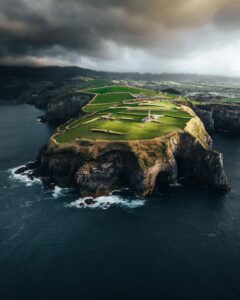
Photo tour in Azores, Portugal
Join us in the Azores for a unique photo tour, where you’ll elevate your creative skills with expert guidance from Ronald Soethje, Bruno Ázera, and Nomadict.
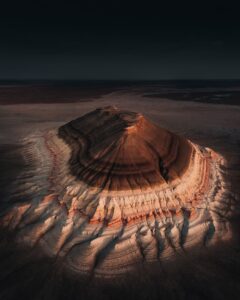
Forest Kai (@forest1kai): Photographer based in the US
In this article, Forest shares how years of chasing scale, silence, and raw landscapes shaped his approach to photography, from the deserts of Kazakhstan to the volcanic ridges of Iceland. He talks about how he uses light, texture, and vast negative space to create images that feel both intimate and overwhelming.
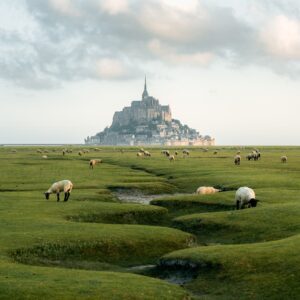
Simon Hechtbauer (@roamwithsimon): Best of the Week 32 at #nomadict
Simon shares the journey behind his photography, from early inspirations to field techniques, editing, and the story of the winning shot that shaped his path.

Miroslav Maršík (@miromarsik): Photographer based in Czech Republic
In this article, Miro shares how his love for cinematic music evolved into a deep passion for photography and how he uses light, color, and atmosphere to turn the streets of Prague into living film scenes.

Aurora photography panorama workflow: A guide to camera settings, editing, and color
In this article, Stefanie reveals how her background in physics sparked her passion for astrophotography and how she blends science with creativity to capture the beauty of the night sky. Readers will discover her approach to color, contrast, and editing, as well as her aurora photography workflow.

Yhabril (@yhabril): Best of the Week 33 at #nomadict
Spanish photographer Yhabril captures the profound connection between humans and the mountains that shaped him. Growing up in the Pyrenees, his work bridges outdoor sports, landscapes, and celestial scenes — often blending athletes, moonlight, and wilderness into striking visual stories.

Ariane Totzke (@besondersschwierig): Photographer based in Switzerland
In this article, Ariane shares how photography helped her navigate personal challenges, connect authentically with people and animals, and develop a philosophy rooted in empathy and artistic freedom. Readers will also discover her ethical approach to wildlife photography and her trusted equipment for both camouflage techniques and cameras.

How to photograph Dutch tulip fields: A guide to light, gear, composition, and colors
Discover how to photograph Dutch tulip fields in their most magical light. From choosing the right gear and lenses to mastering composition, color, and aerial perspectives, this guide shares creative techniques to capture the beauty of the Netherlands’ tulips. Learn how light, color grading, and proportion bring emotion into every frame.
